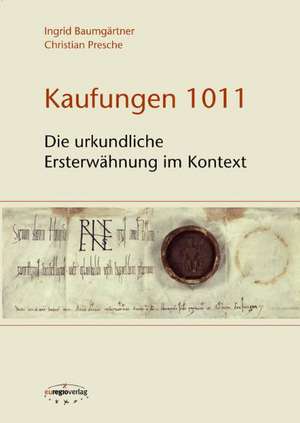Kaufungen 1011
Autor Ingrid Baumgärtner, Christian Preschede Limba Germană Hardback – 31 iul 2011
Preț: 108.70 lei
Nou
Puncte Express: 163
Preț estimativ în valută:
20.80€ • 21.72$ • 17.21£
20.80€ • 21.72$ • 17.21£
Carte indisponibilă temporar
Doresc să fiu notificat când acest titlu va fi disponibil:
Se trimite...
Preluare comenzi: 021 569.72.76
Specificații
ISBN-13: 9783933617453
ISBN-10: 3933617456
Pagini: 32
Ilustrații: 10 Abbildungen
Dimensiuni: 215 x 302 x 15 mm
Greutate: 0.46 kg
Editura: euregioverlag
ISBN-10: 3933617456
Pagini: 32
Ilustrații: 10 Abbildungen
Dimensiuni: 215 x 302 x 15 mm
Greutate: 0.46 kg
Editura: euregioverlag
